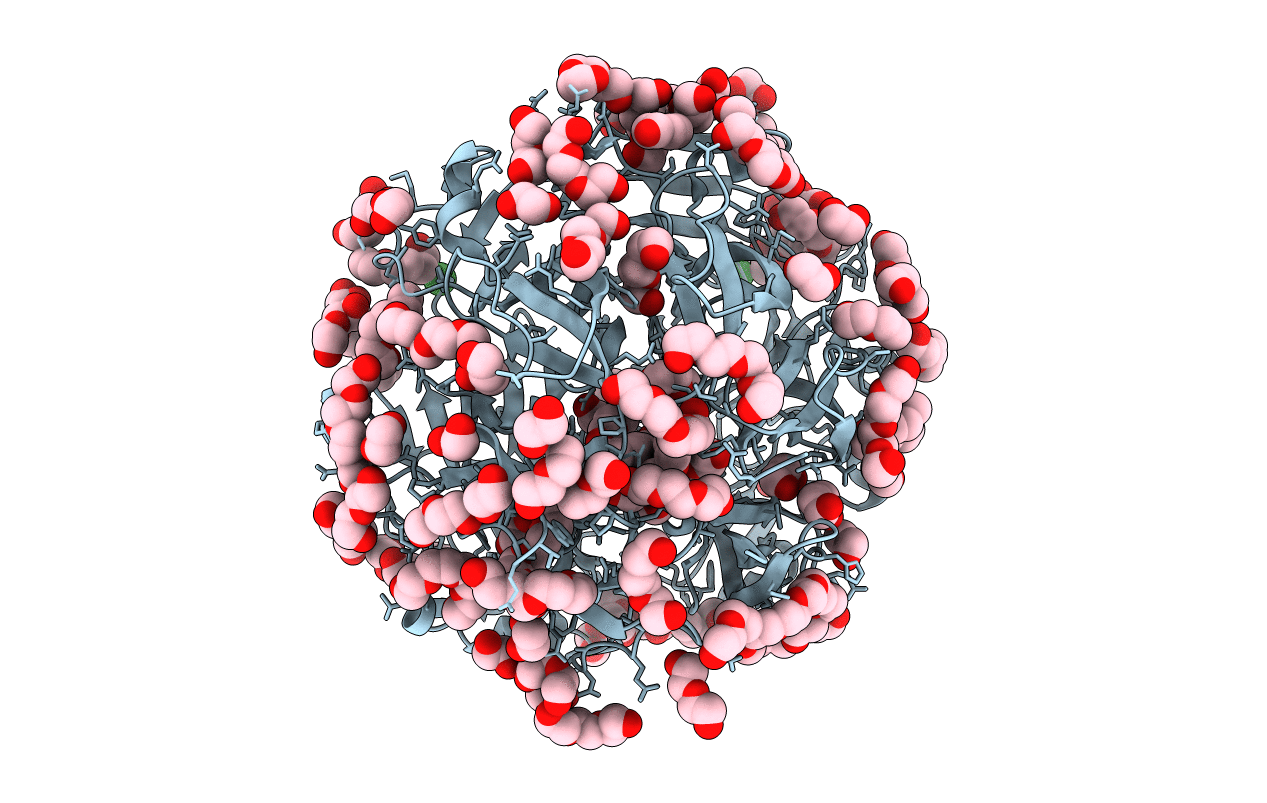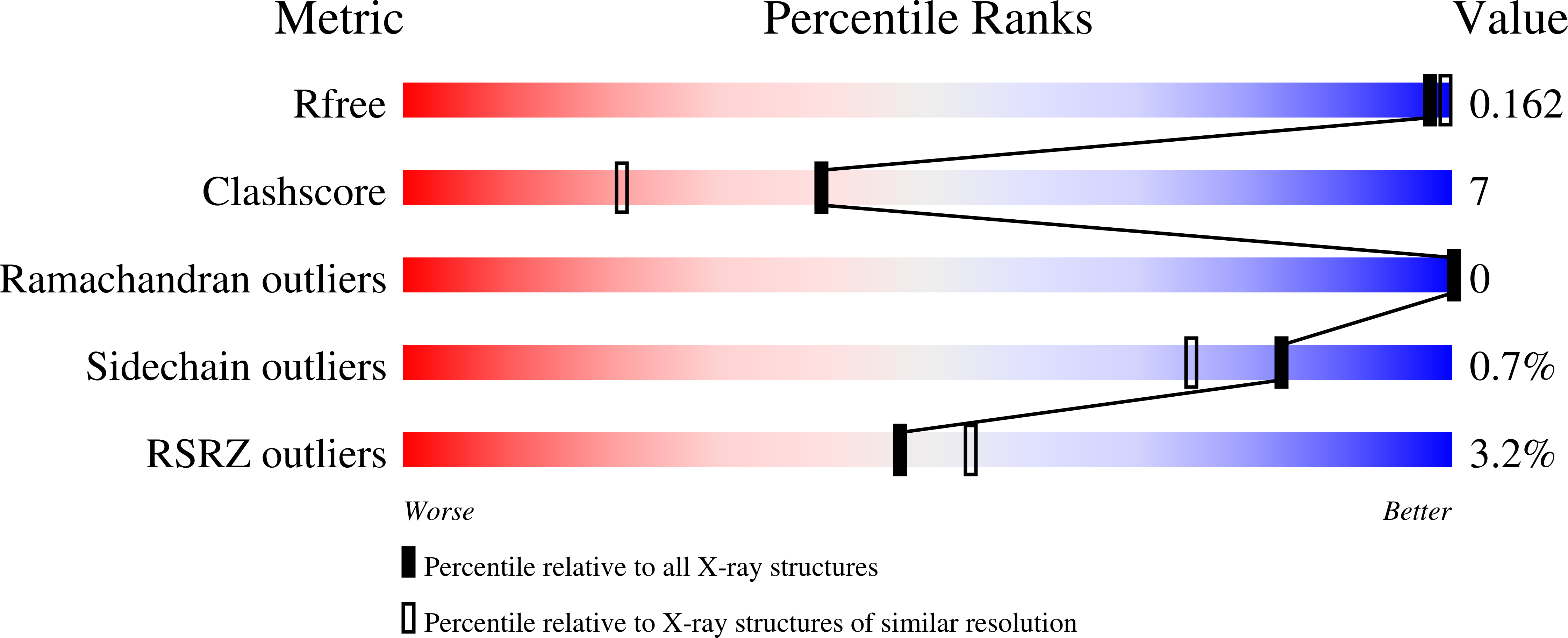
Deposition Date
2020-04-17
Release Date
2021-04-07
Last Version Date
2024-10-16
Entry Detail
PDB ID:
6WKU
Keywords:
Title:
Twelve Chloride Ions Drive Assembly of Human alpha345 Collagen IV NC1 domain
Biological Source:
Source Organism:
Homo sapiens (Taxon ID: 9606)
Host Organism:
Method Details:
Experimental Method:
Resolution:
1.76 Å
R-Value Free:
0.16
R-Value Work:
0.13
R-Value Observed:
0.13
Space Group:
P 41 21 2


